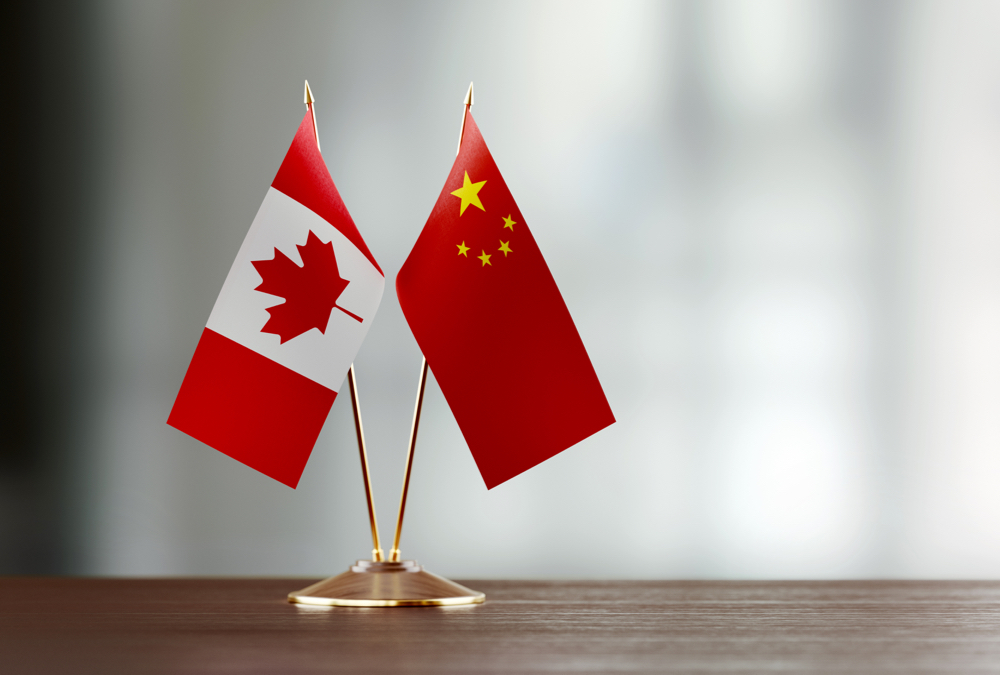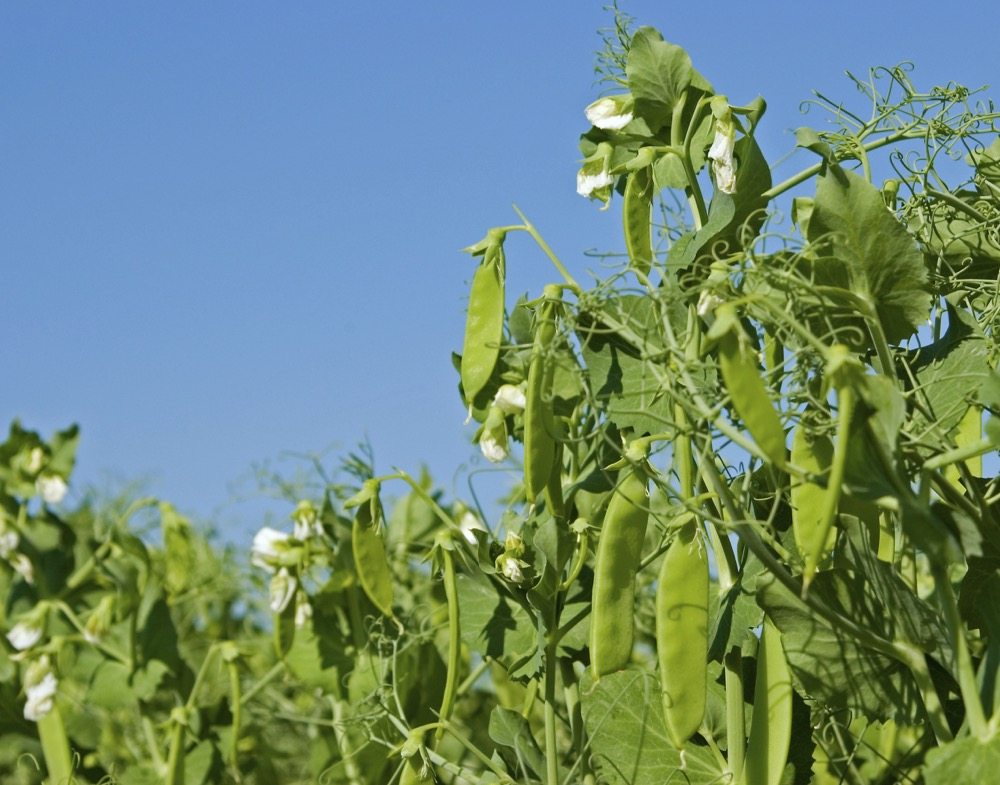On a sunny morning, early last September, a large crowd of growers gathered for an open-house event at Ceresco, a major soybean-specialized seed company and exporter in Quebec. After touring the plots, groups sat in a shed for a talk about the IP soybean market with co-owner Thierry Gripon.
Gripon had a few public confessions to make. “We haven’t been paying high enough premiums,” he said. “It’s urgent that we rebuild the non-GMO soybean supply. If we don’t react, the supply will be disrupted.’’
Read Also

Sensing the soil: Root cell research finds ‘stress hormone’
Research into how root cells react to soil stressors could help plants better adapt to changes in their climate.
There were, indeed, good reasons to worry. Between 2010 and 2012, IP soybean production in Quebec dropped by half. IPs represented 51 per cent of soybeans harvested in 2010. By 2012, the IP share had fallen to 27 per cent, and industry members suspect it was close to 20 per cent in 2013.
The drop has not been as dramatic in Ontario (see table), but there is definitely a sharp downward trend. For all of Canada, IP soybean production plunged 400,000 tonnes between 2010 and 2012.
The good news is that for 2014, premiums are up, way up. Quebec and Ontario co-ops and seed dealers are contracting acres with premiums up by around 20 per cent. Some varieties are getting even higher premium increases. The most aggressive pricing is coming from Quebec soybean-focused companies like Ceresco and Prograin, which have a strong presence in eastern Ontario.
“We are going to run out of IP soybeans and we need to produce more. Otherwise, we are going to hit a wall,” Prograin vice-president Alain Létourneau told Country Guide.
- More Country Guide: In control… ahead of the market
When Gripon and Létourneau examine all the insights they can gather about the worldwide IP soybean market, what they see on the horizon is a sharp misalignment of supply and demand. The basic picture comes down to strong demand from Japanese buyers after years of eroding surpluses, along with decreasing supply from Canadian growers who’d rather grow GMO beans.
Japan remains the world’s most important IP soybean user, importing more than 70 per cent of Canada’s production. To this day, Ontario and Quebec remain the world’s largest producers of high-end, non-GMO soybeans.
Three years ago, IP soybean stocks in Japan were high. A major trading house had gone bankrupt and its reserves flooded the local market. The surplus stocks were used to fight commodity price increases and Japanese demand was slow to pick up again.
As a result, grower premiums in Canada became less attractive. Our exporters started developing new markets in Southeast Asia and elsewhere in the world. Meanwhile, GMO soybean yields and profitability kept improving. As commodity prices soared, growers started to snub the premiums offered for IP soybeans. Growing Roundup Ready crops was easy and profitable.
The picture for 2014 has changed. Corn prices are down and premiums for IP soybeans are up. At Agris Co-operative, seed specialist Scott Vandehogen says the higher premiums offered for next year’s crop represent approximately 50 cents more a bushel. “With $20 to $25 more an acre (for IP soybeans), it should start to look a little more profitable to farmers. That’s what we have to do if we want to get acres back,” Vandehogen says.
At Hensall District Co-operative (HDC), IP soybean marketing manager Jason McNaughton figures that with the increased premiums, IP soybeans are probably $100 an acre more profitable than GMOs.
“If you can walk away from that, you are probably not farming because you need the money,” he says.
The frenzy about higher premiums is not all good, McNaughton says. “Some of the premiums coming out of Quebec make you wonder if they are not going to do long-term damage to the market in terms of what the growers will expect and how big of an increase the market is able to handle.”
Soyfood product consumption is shrinking in Japan, with younger generations turning away from traditional toward more Western food. However, the demand for IP soybeans remains strong. But just how strong?
According to McNaughton, over the past five years, 5,000 of Japan’s 14,000 tofu manufacturers have disappeared. Processors are facing huge resistance from supermarkets when they try to pass on cost increases. “Trading houses have not yet changed their buying patterns, but there is only so much increase they can absorb before they start looking elsewhere,” he says.
Information about Japan trying to source IP soybeans from other parts of the world is scarce, but McNaughton knows that large trading houses are exploring the Ukrainian option very seriously. One trading house is reported to have set up its own cleaning and processing plant there. “It isn’t going to cost us sales right now,” McNaughton says. “But if it ever gets to a sizable production over there, it could put some downward pressure on the premiums our growers are getting here in Canada.”
Some soybeans are going from China to Japan, although food security and quality concerns give Canada an advantage, despite higher freight costs. Some U.S. suppliers are also active in the soyfood market, although hard numbers are difficult to come by.
Canada’s share of the Japanese market has increased over the past years, but South America remains a wild card, with Japanese IP buyers probably working to set up trading relationships down there too.
At Agris, Vandehogen says we need to worry. “If our production decreases, the Japanese will still need to source their needs and they will have to look to other areas in the world. If we lose a part of our business, it could be difficult to get it back.”
This would take away an opportunity for Canadian growers to diversify their rotation with a profitable crop, Vandehogen says. “It would be a shame to lose this market. The price of corn may be good this year and farmers won’t want to grow many IP beans, but in two, three or five years from now, they might need to rely on IP beans (as their most profitable crop).”
Another danger is that with higher IP soybean prices, some Asian processors will start using GMO beans in their tofu. Vandehogen doesn’t believe this will be the case anytime soon in Japan. But according to McNaughton, this is a real danger in price-sensitive countries such as Malaysia and Thailand, where smaller tofu shops are suspected of already using GMO beans in their recipes.
The moment of truth will occur during the first quarter of 2014. Japanese buyers will want to place orders for our 2014 crop and they will be faced with higher prices. Last October, Ceresco’s Thierry Gripon was quite confident: “We have been talking to our clients about relatively important price increases and for sure, the response is very negative. But when our competitors will make offers similar to ours, buyers will realize that the price increase is generalized and they will accept it better.”
For now, Japanese buyers don’t have many options. Relationships with Canadian suppliers stretch over 30 years. That has been ample time to prove that Canada can be a reliable partner to source a crop that meets very high standards of quality and safety. It would take years for other countries to match the efficiency of our cleaning, processing and freight infrastructures.
This article first appeared in the 2014 Soybean Guide

















